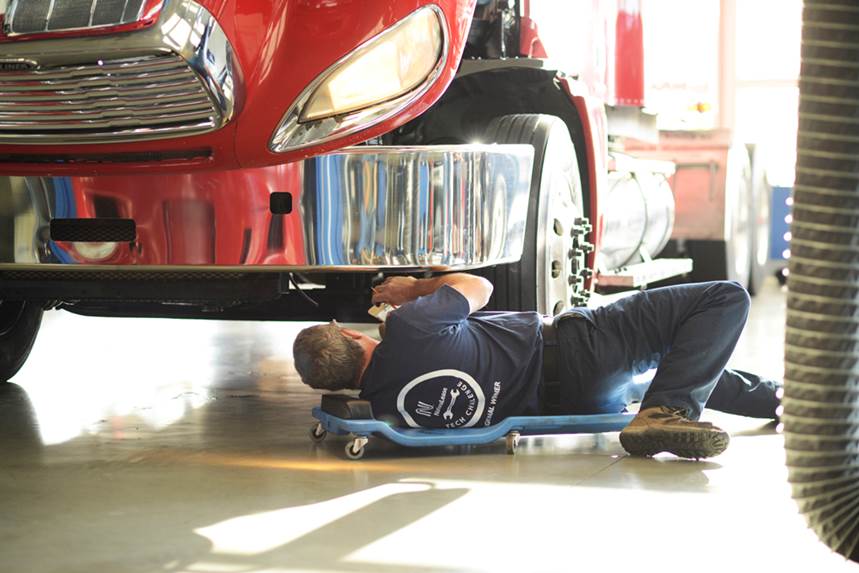According to the Bureau of Labor Statistics and the Census Bureau, as of February of this year, a total of 10.6 million Americans over the age of 65 are either working or looking for work.
Last month, I wrote an IdeaXchange blog regarding the multi-generational workforce. That blog discussed how each generation has its own values, ideas, and thoughts on how work is to be accomplished and was based on a presentation by Mary Erlain, a certified change management specialist, who spoke at a recent NationaLease event.
Each generation has its own views on the rewards being sought through a job. Those differing values and ideas can create a bit of conflict but is that so different from the way things used to be? Haven’t we always had these multi-generational workforces in the past?
Today’s generational workforce situation is quite unique
Today’s work situation is quite different in one important aspect. People in the older generation, the Traditionalists, born between 1925 and 1945, and Baby Boomers, born between 1946 and 1964, are less likely to leave the workforce at retirement age than have previous generations. In fact, there is a significant increase in the number of people working well into their 70’s and, in some cases, into their 80’s.
An article earlier this year in Business Insider noted that “More retirement-age Americans are working today than ever before, but it’s not because they need the money.” To be fair, there are undoubtedly those of these generation that have to work to make ends meet. Social Security alone can’t provide enough for them to cover their basic needs and many businesses (especially smaller ones) offer no pension or 401K.
But the Business Insider article cites a research analyst at United Income who stated that “The largest increase in people working past 65 has been among those in the best shape for retirement: highly educated people with high incomes.” Science and medicine have improved the quality of life for these older workers and many feel that they still have a great deal to offer their companies.
The result is that the Traditionalist and Baby Boomer generations, if they followed the pattern of their predecessors, would have either retired or intended to retire as the later members of Gen Y (those born between 1977 and 1989) and all the members of Gen Z (those born between 1990 and 2002) would have entered the workforce. We now have five generations that may all be working in the same companies (although those born before 1946 make up a very small portion of the workforce); however, the earliest members of Gen Alpha (those born after 2003) will soon join, making the five-generation intergenerational workplace even more diverse when it comes to age.
How do we make it all work?
This is indeed the challenge for HR. We need to be aware of the differences between all of these groups when it comes to the job descriptions, compensation packages, and work requirements. Baby Boomers may be less influenced by the ability to work remotely than younger cohorts, so that perk may not be as meaningful if you are looking to retain a highly qualified Boomer. However, for a Gen Y, work/life balance is extremely important so the ability to work from home may be quite important. As I note in my IdeaXchange blog, “Business owners need to keep these differences in mind during their recruiting, hiring, and training processes and also in their approach to managing each of these groups.”
But to do that, you really need to understand how each generation thinks. Please read my IdeaXchange blog for more information. Once you understand the differences (and similarities) between the generations, their diversity can actually be a great benefit to your business.





